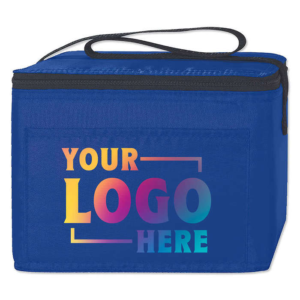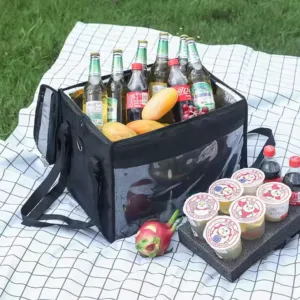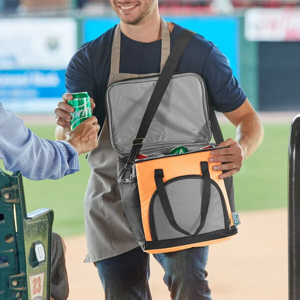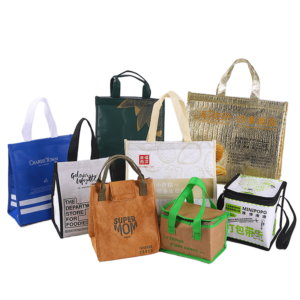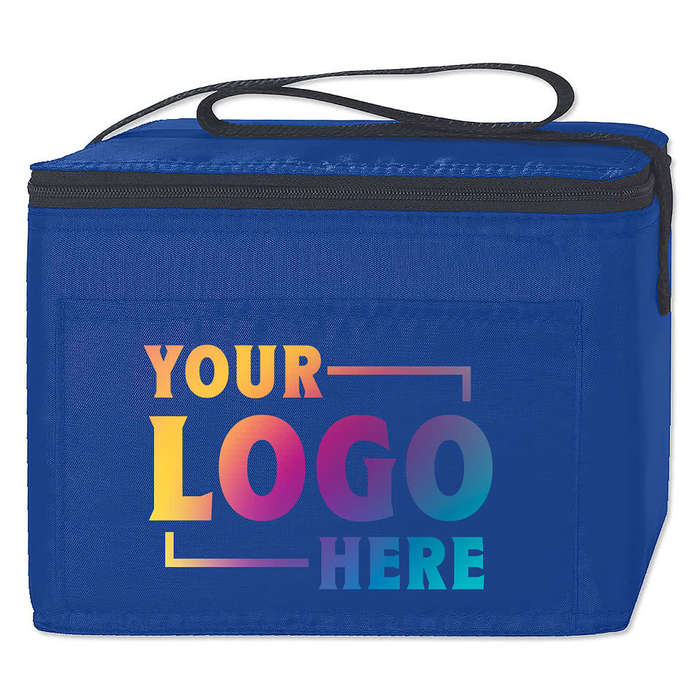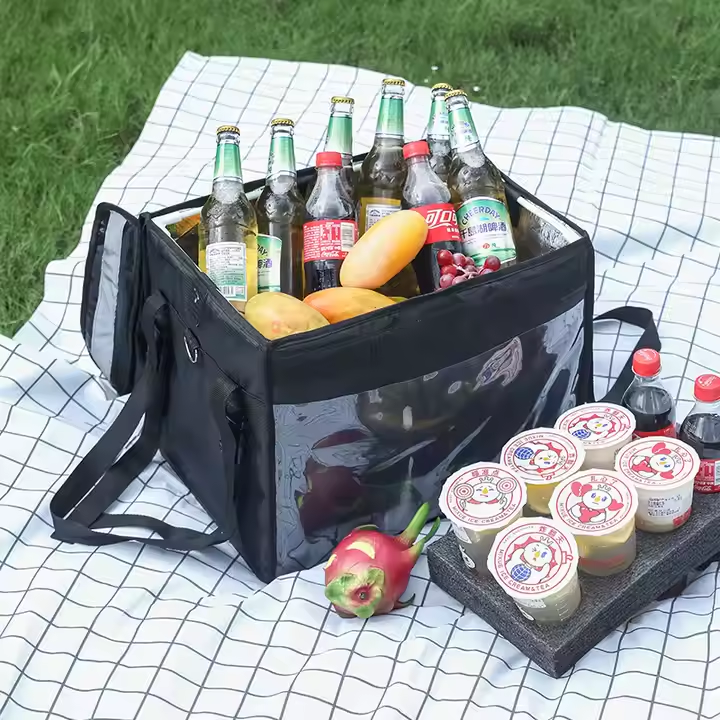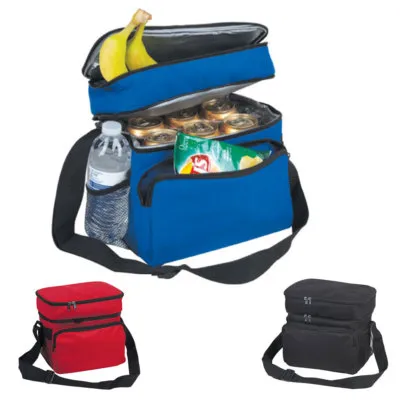How Do Cooler Bags Work: An Expert Guide
Cooler bags may look simple on the outside. But inside, they hide clever designs that help control temperature and keep food fresh for hours. Whether for daily shopping or long-distance transport, cooler bags have become a must-have for many industries.
This expert guide explains how cooler bags work, what they are made of, and why their structure matters.
What Is a Cooler Bag?
A cooler bag is a type of thermal packaging. It is designed to keep cold items cold, and sometimes keep hot items hot. Cooler bags reduce heat transfer between the inside of the bag and the outside air.
Think of it like a thermos in bag form. Instead of using hard stainless steel, cooler bags use flexible layers of materials to create insulation.
The Basic Structure of a Cooler Bag
A high-quality cooler bag is not just a bag — it’s a layered system. Each layer has a special role to play.
1. Outer Layer
Usually made from non-woven fabric, polyester, or laminated film. This layer gives the bag strength, shape, and water resistance.
2. Middle Layer (Insulation Core)
This is the heart of the bag. Common materials include:
- EPE foam (Expanded Polyethylene)
- PE cotton
- Aluminum foil with bubble wrap
These materials trap air, which is a poor heat conductor. The trapped air acts like a thermal wall, slowing down heat exchange.
3. Inner Lining
The lining is usually made of aluminum foil or PEVA film. This layer reflects heat and is easy to clean. It also creates a moisture barrier, helping prevent leaks or condensation inside the bag.
How Does a Cooler Bag Keep Things Cold?
Cooler bags use thermal insulation principles. Their goal is to slow down heat transfer from outside to inside.
There are three types of heat transfer:
- Conduction: Heat passing through materials
- Convection: Heat moving through air or liquid
- Radiation: Heat moving as energy waves
Cooler bags are designed to block all three:
✅ Foam blocks conduction
✅ Sealed layers reduce convection
✅ Aluminum lining reflects radiation
It’s like wearing a winter coat for your food.
Tip: Adding ice packs or frozen gel packs can greatly improve performance. The bag holds in the cold, and the ice packs provide the cooling.
Why Structure Matters
Some bags look nice but don’t work well. What matters most is not the appearance — it’s the engineering inside.
JiaRong's cooler bags are built with precision. Every layer is carefully selected. The seam work, zippers, and closures are tightly sealed to prevent leaks and heat loss.
Well-constructed cooler bags:
- Extend freshness
- Reduce spoilage
- Protect temperature-sensitive goods
- Support cold chain delivery
They’re especially useful in:
- Food delivery
- Grocery transport
- Seafood and meat packaging
- Pharmaceutical logistics
A Simple Example from Daily Life
Imagine you bring frozen dumplings to a friend’s party. Without a cooler bag, they defrost on the way. But with a cooler bag — even on a hot day — they stay cold and firm.
It’s like carrying a mini portable fridge, but without electricity.
Why Businesses Choose JiaRong Cooler Bags
With over 15 years of manufacturing experience, JiaRong Packaging knows how to balance design, function, and durability. Their factory covers 16,000+ square meters, with advanced machines for cutting, laminating, and sewing.
JiaRong offers:
- Custom sizes and shapes
- Logo printing
- Multi-layer insulation technology
- Export-ready quality control
Many clients across Europe, Asia, and the USA rely on JiaRong for cold chain needs.
Final Thoughts
Cooler bags are not just casual shopping tools. They are engineered packaging solutions that support food safety, reduce waste, and improve logistics.
Next time you pick one up, remember — there’s smart science behind that soft-touch bag.
For custom cooler bags or wholesale inquiries, contact Effie at:
📧 [email protected]
Click here for more details:
https://zjjrpackaging.com/


